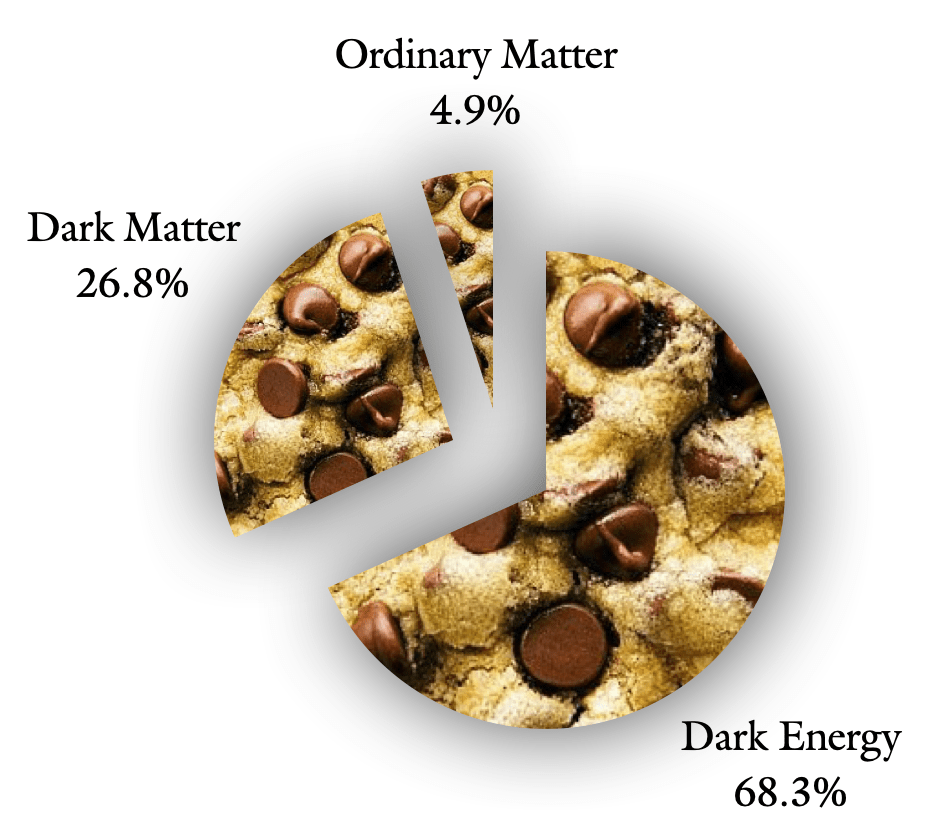
Approximately 85% of the matter in our universe is non-luminescent, known as dark matter. Except through its gravitational interactions in the cosmos, it does not emit light or interact with ordinary matter in any way that scientists have been able to detect. Our research focuses on trying to figure out what the constituents of this mysterious matter.
Since dark matter interactions are exceptionally rare, we use sophisticated detectors that are operated deep underground. We use Earth as a filter to block particles produced by cosmic ray interactions in the upper atmosphere from reaching the detector. The detectors are further protected using layers of material to shield against very low levels of radioactive particles that are all around us.
SuperCDMS Data Analysis
The SMU group plays a strong and leading role in the analysis of data collected by the experiment. Prof. Cooley served as analysis coordinator and she and her colleagues brought to completion the analysis of the final exposure of the CDMS II experiment.
More recently the group has been working on the analysis of the data from SuperCDMS at the Soudan Underground Laboratory.
Background Characterization and Rejection
The only way to detect dark matter is to classify and reject all of the things that can fake it; this is the key to any direct detection search. CDMS has traditionally maintained a near-zero background expectation at each phase of the experiment, which allows our sensitivity to scale directly with the size of our exposure and remain a leader in the field.
The SMU group is playing a leading role in the further study and characterization of radioactive and cosmogenic backgrounds. We strive to develop new techniques for classifying and rejecting backgrounds from neutrons and beta radiation, the leading sources.
Neutrons from the decay of naturally occurring uranium and thorium in the materials surrounding the detectors are a background of great concern for the next generation of our experiment. The SMU group is conducting simulations of possible neutron veto and shielding designed to identify, characterize and reject this potential background.
Materials Assay
Prof. Cooley is the Deputy Level 2 Project Manager for background characterization and material selection for the SuperCDMS collaboration. The SMU group owns and operates an XIA alpha particle counter named Peruna. This instrument is used as part of the SuperCDMS screening program to characterize and study the222Rn decay induced alpha background rates in materials that will be used to construct the next generation SuperCDMS experiment in SNOLAB.
radiopurity.org
Prof. Cooley was co-Principle Investigator of the AARM (Assays and Acquisition of Radiopure Materials) collaboration. This collaboration developed integrative tools to facilitate underground research in the United States. As part of that research, the SMU group was part of an effort to develop a universal database of the radiopurity of materials that have been measured by scientists around the world. This database is currently hosted by SNOLAB and is used by the community of researchers who require ultra-low backgrounds in the materials used to construct their experiments.